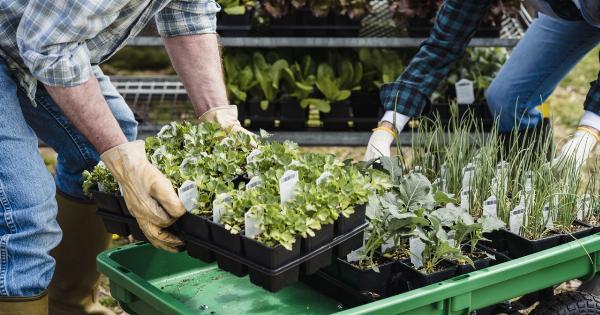When it comes to eating healthy, many of us think that consuming fruits and vegetables is the key to good health. However, in recent years concerns about food safety and pesticide residues have made some people wary about eating produce.
While it is true that some fruits and vegetables contain traces of pesticides, avoiding them completely is not the answer. Instead, it is important to know what produce is most likely to have pesticide residue and how to choose the safest options.
What is Pesticide?
Pesticides are chemical substances that are used to control pests, including insects, weeds, and fungi, that can damage crops and reduce yield. They are applied to crops in various ways, including spraying, dusting or through the soil.
While pesticides can protect crops from pests, they can also pose a risk to human health if they are not used correctly or if they are applied excessively. Pesticides can leave residues on produce, which can be harmful if consumed in large amounts over time. This is why it is important to know which produce is most susceptible to pesticide residue and how to avoid it.
Produce with High Pesticide Residue
Each year, the Environmental Working Group (EWG) releases a list of fruits and vegetables with the highest pesticide residue. This list is known as the Dirty Dozen, and it includes the following in ascending order:.
- Strawberries
- Spinach
- Kale
- Nectarines
- Apples
- Grapes
- Peaches
- Cherries
- Pears
- Tomatoes
- Celery
- Potatoes
These fruits and vegetables are considered to be the most contaminated with pesticides, and it is recommended that you buy organic versions of these produce.
Produce with Low Pesticide Residue
The EWG also releases a list of fruits and vegetables with low pesticide residue, known as the Clean Fifteen. These include:.
- Avocados
- Sweet corn
- Pineapple
- Sweet peas (frozen)
- Onions
- Papayas
- Eggplants
- Asparagus
- Kiwi
- Cabbage
- Cauliflower
- Cantaloupe (domestic)
- Broccoli
- Mushrooms
- Honeydew melon
These fruits and vegetables are considered to have the least amount of pesticide residue, and it is safe to buy the conventional versions without worrying about pesticide residue.
Other Tips for Reducing Exposure to Pesticides
While avoiding the Dirty Dozen and buying organic produce is a good start, there are other things you can do to reduce your exposure to pesticides. Here are some tips:.
- Wash fruits and vegetables thoroughly with water and a vegetable brush. This can help remove some of the pesticide residue.
- Peel fruits and vegetables when possible to remove the outer layer that has the most pesticide residue. However, be aware that many of the nutrients are in the skin, so this may not always be the best option.
- Buy produce that is in season and locally grown. This can reduce the amount of pesticide used because it doesn’t need to be transported far and stored for long periods of time.
- Grow your own produce if possible. This way, you can control what goes into the soil and on your plants.
- Buy produce that is labeled “USDA Organic”. This means that it has been grown without the use of synthetic pesticides or fertilizers.
Conclusion
Eating fruits and vegetables is an essential part of a healthy diet, but concerns about pesticide residue have made some people wary about consuming produce.
While it is true that some fruits and vegetables have high levels of pesticide residue, it is not necessary to avoid them completely. By following the tips outlined in this article, you can reduce your exposure to pesticides and still enjoy the many health benefits of fruits and vegetables.



























